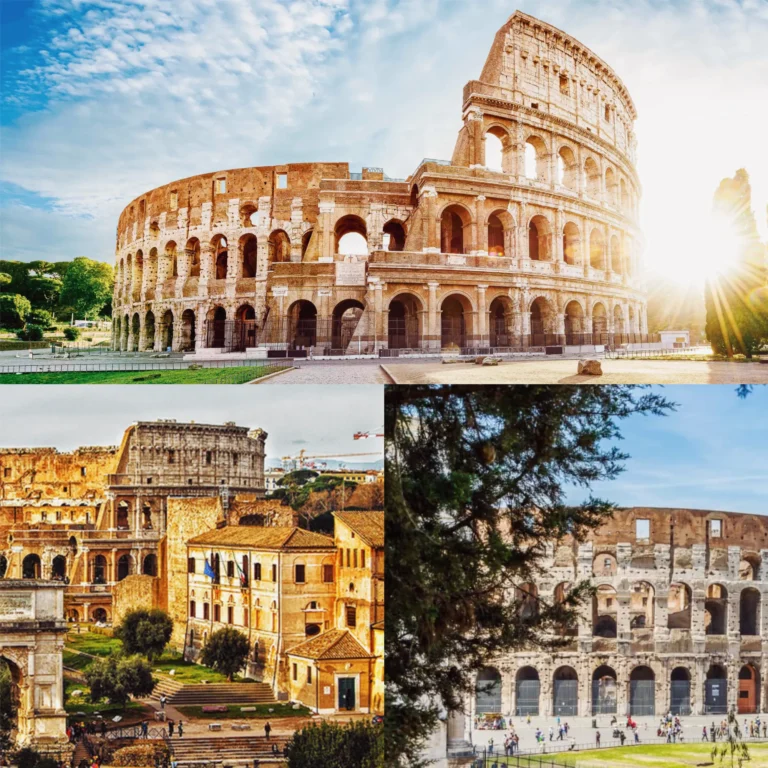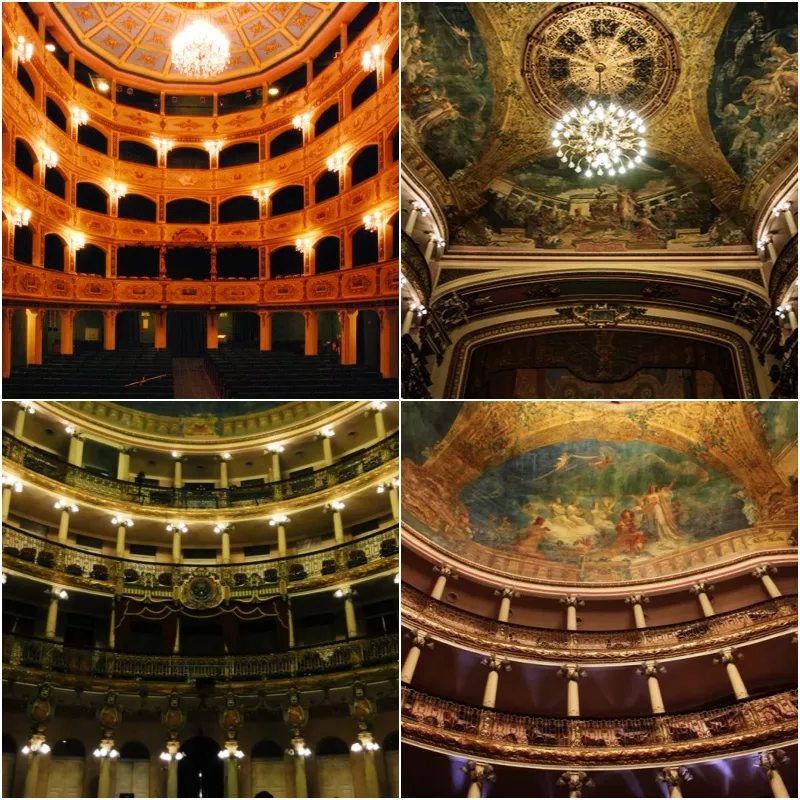
Impressive Teatro Amazonas Theater: A Gem in the Amazon Rainforest
Introduction to Teatro Amazonas
Teatro Amazonas, located in Manaus, at the heart of the Amazon rainforest in Brazil, is a standout architectural marvel of the region. With over 100 years of history, this theater represents the golden era of Manaus during the rubber boom. In the late 19th century, the wealthy rubber barons of Brazil decided to build a grand opera house right in the midst of the Amazon jungle. To bring this vision to life, numerous designers from across Europe were brought together. Teatro Amazonas has even been ranked by Vogue magazine as one of the most beautiful opera houses in the world.
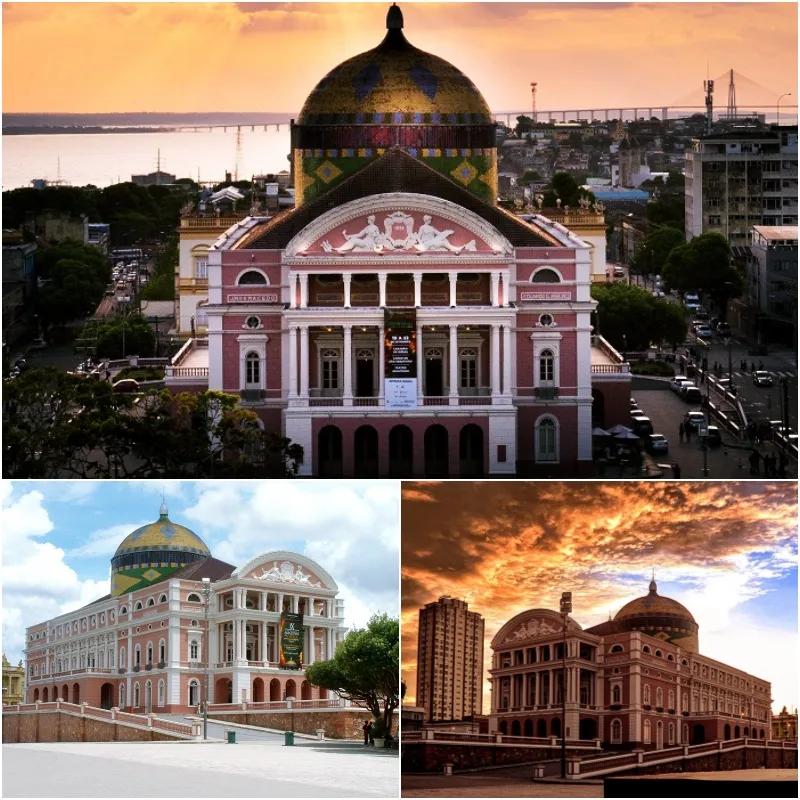
In addition to being a vibrant cultural venue, Teatro Amazonas houses a museum that offers insights into its history, architecture, and significance. Visitors can take guided tours to learn more about the theater and the city of Manaus.
History of Teatro Amazonas
The dawn of the 20th century marked a remarkable era for the Amazon region in Brazil, fueled by the wealth from rubber exports. Manaus became a booming city where wealthy rubber barons sought to replicate the luxurious lifestyles of European aristocracy by building a grand opera house. The idea for this project originated with Antonio Jose Fernandes Júnior, a local parliament member with a deep passion for the arts and opera. Inspired by the Belle Époque era, Fernandes Júnior proposed constructing the theater in the heart of the Amazon rainforest in 1871, at a time when Manaus was flourishing due to the rubber boom.
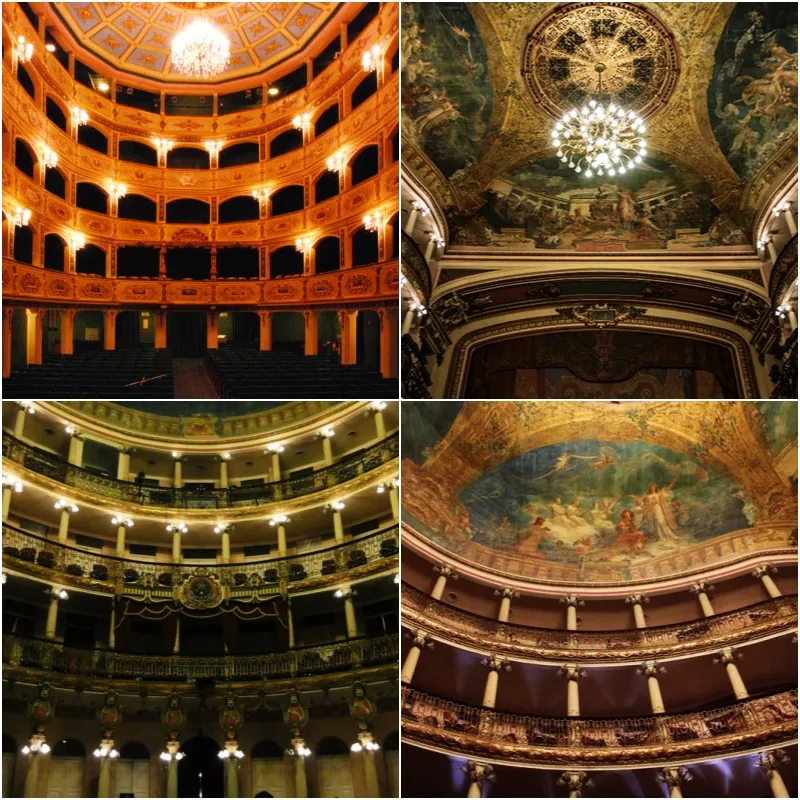
Construction of the theater officially began in 1884 and took 15 years to complete, with multiple delays from 1885 to 1892 due to financial issues and harsh weather conditions. Italian architect Celestial Sacardim redesigned the theater in the Renaissance style. Materials were imported from across Europe, including Carrara marble from Italy for the stairs, statues, and columns; Louis XV-style furniture directly from Paris; steel walls from England; and roofing tiles from France. Artists such as Italian Dvomenico de Angelis were also commissioned to decorate the ceiling and auditorium with paintings depicting scenes of music, drama, and dance, paying tribute to Carlos Gomes.
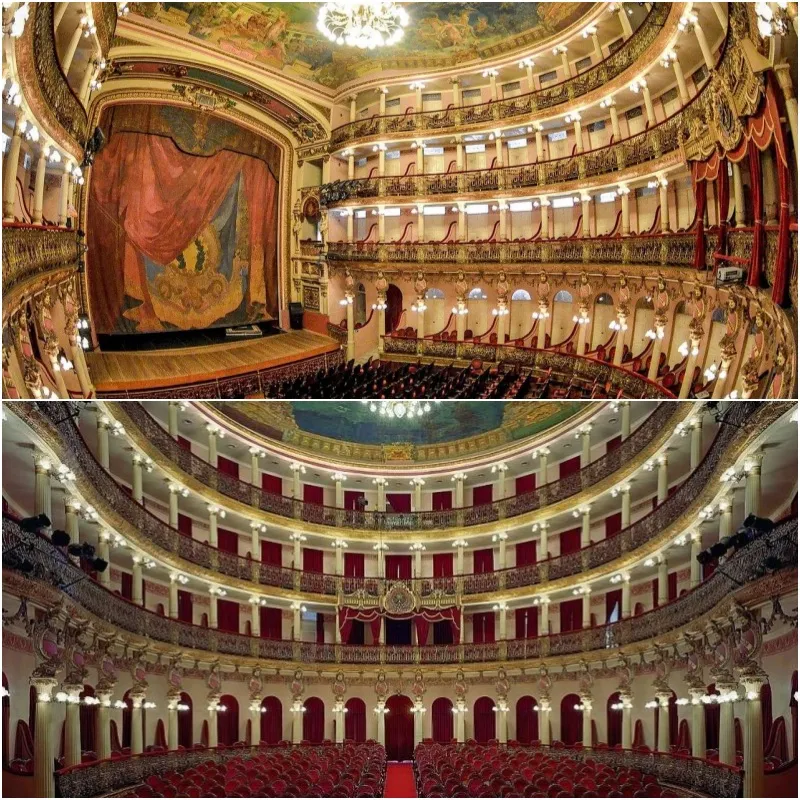
Teatro Amazonas was inaugurated on December 31, 1896, with its first performance held on January 7, 1897, featuring the opera “La Gioconda” by Italian composer Amilcare Ponchielli. Despite the initial prosperity, Manaus eventually faced decline due to competition from cheaper rubber sources in Sri Lanka, Africa, and Malaysia, leading to the theater’s closure and neglect for 90 years.
In 2001, the city government decided to fund the restoration of Teatro Amazonas, and today, it hosts the annual Amazonas de Ópera Festival. This revival showcases the remarkable resurgence of a vital cultural landmark in the heart of the Amazon rainforest.


